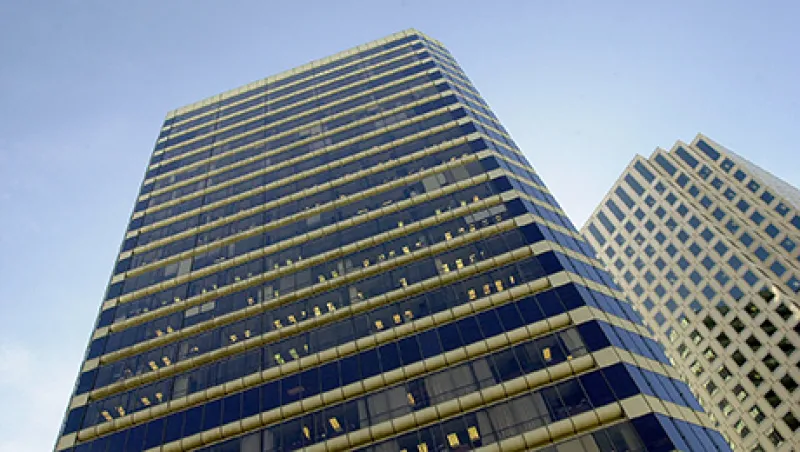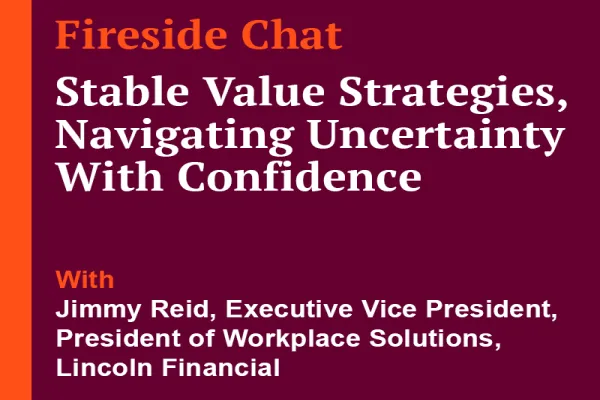Amid fierce competition for U.S. commercial real estate, one closely watched measure of property values — the capitalization rate — has plunged to record lows. The cap rate, as it’s known, is a property’s annual income divided by its purchase price. The hotter the market, the lower the cap rate, and the valuation metric is at rock-bottom levels.
In normal times this development would serve as a warning that commercial real estate has grown overheated. But with interest rates near zero, many investors and analysts say they’re unconcerned about record-low cap rates.
The average cap rate for all U.S. property types was 5.25 percent as of September 1, according to Green Street Advisors of Newport Beach, California. The previous all-time low was 5.65 percent in 2007. For some trophy properties in desirable markets, cap rates have fallen to as low as 3 percent, says Andrew McCulloch, Green Street’s managing director of real estate analytics. “There’s just a tremendous amount of capital looking for a home in real estate,” McCulloch notes.
For investors, rich valuations pose challenges. “The feeling is that things are pricey, and there aren’t a lot of deals out there,” says Alex Foster, co-founder and managing principal of New York–based Atlas Real Estate Partners, which owns a $550 million portfolio of multifamily and retail properties. “I’m hearing that a lot.”
As prices have soared and cap rates have plunged, Foster has found bargains on the fringes of hot markets, such as a 22-unit apartment complex in a less than prime location in Washington and a 216-unit building in Suitland, Maryland.
In Florida, Atlas decided that Miami prices were too rich, so the firm looked across the state to Bradenton, Naples and Sarasota. “We’ve already decided to go to the secondary and tertiary submarkets,” Foster says.
That sort of geographic shift is a common tactic for investors seeking bargains, says Jeanette Rice, Dallas-based head of investment research for the Americas at CBRE Group, a commercial real estate brokerage. “A big strategy is to move away from gateway markets,” Rice says. “Investors say, ‘San Francisco is so expensive, so let’s take a look at Oakland.’”
But deep-pocketed investors aren’t shying away from the nation’s hottest cities. TIAA-CREF, a New York–based financial services organization with $869 billion in assets under management, is snapping up properties in prime markets. In September the investor took a 50.1 percent stake in the 445,000-square-foot headquarters of vacation rental service Airbnb in San Francisco’s tech-heavy South of Market district. In August TIAA-CREF bought a 70 percent share in the 305,000-square-foot home of biotechnology firm Biogen in Cambridge, Massachusetts.
“We are seeing cap rates very low,” says Martha Peyton, co-head of the firm’s global real estate strategy and research division in Newport Beach. “But what we focus on is the cap rate spread over the ten-year Treasury. When you do that, cap rate spreads are not at an all-time low. In fact, they’re above their long-term average.”
By Peyton’s calculations (she tracks a cap rate index that’s distinct from the one used by Green Street), the gap between cap rates and ten-year Treasuries has averaged 306 basis points over the past quarter century. As of mid-September that spread was 338 basis points. “It’s never as simple as that cap rate being low,” Peyton says.
Because investors consider cap rates as part of a broader picture, Green Street’s McCulloch says he’s not alarmed by low rates. They reflect a combination of near-zero interest rates and an improving economy. “If you looked at cap rates by themselves, you would think real estate was in a bubble,” McCulloch says. “But we don’t agree with that conclusion.”
CBRE Group’s Rice finds comfort when she looks across the Atlantic Ocean. Office cap rates in London, Paris and Zurich have fallen below 4 percent, meaning properties in those centers are valued more richly than their counterparts in major U.S. cities. That’s part of the reason that 15 percent of the money flowing into commercial real estate deals in the U.S. now comes from overseas, Rice says.
Although the froth in the commercial real estate market might not be frightening just yet, plenty of bidders are vying for assets. “It’s very competitive,” says Jack Mullen, founder and managing director of Summer Street Advisors, a commercial real estate advisory firm in Westport, Connecticut. “The biggest challenge we face is trying to find good deals.”
Peyton takes a different view of a commercial real estate market characterized by aggressive prices. “It’s not that you can’t find good deals,” she says. “It’s that there’s a lot of competition for good deals. That means you’re going to have to work very hard to underwrite a deal and to bid in a way that will win it.”
TIAA-CREF’s strategy is not to move to less desirable markets. “Yes, you will get a little higher yield there,” Peyton says. “But when the market transitions, you’re going to have more risk.”
Instead, TIAA-CREF is applying more scrutiny to rent rolls and risk profiles of properties in major cities, an approach that Peyton calls “defensive investing.” Record-low cap rates might not foretell a bubble, but they are cause for caution.






